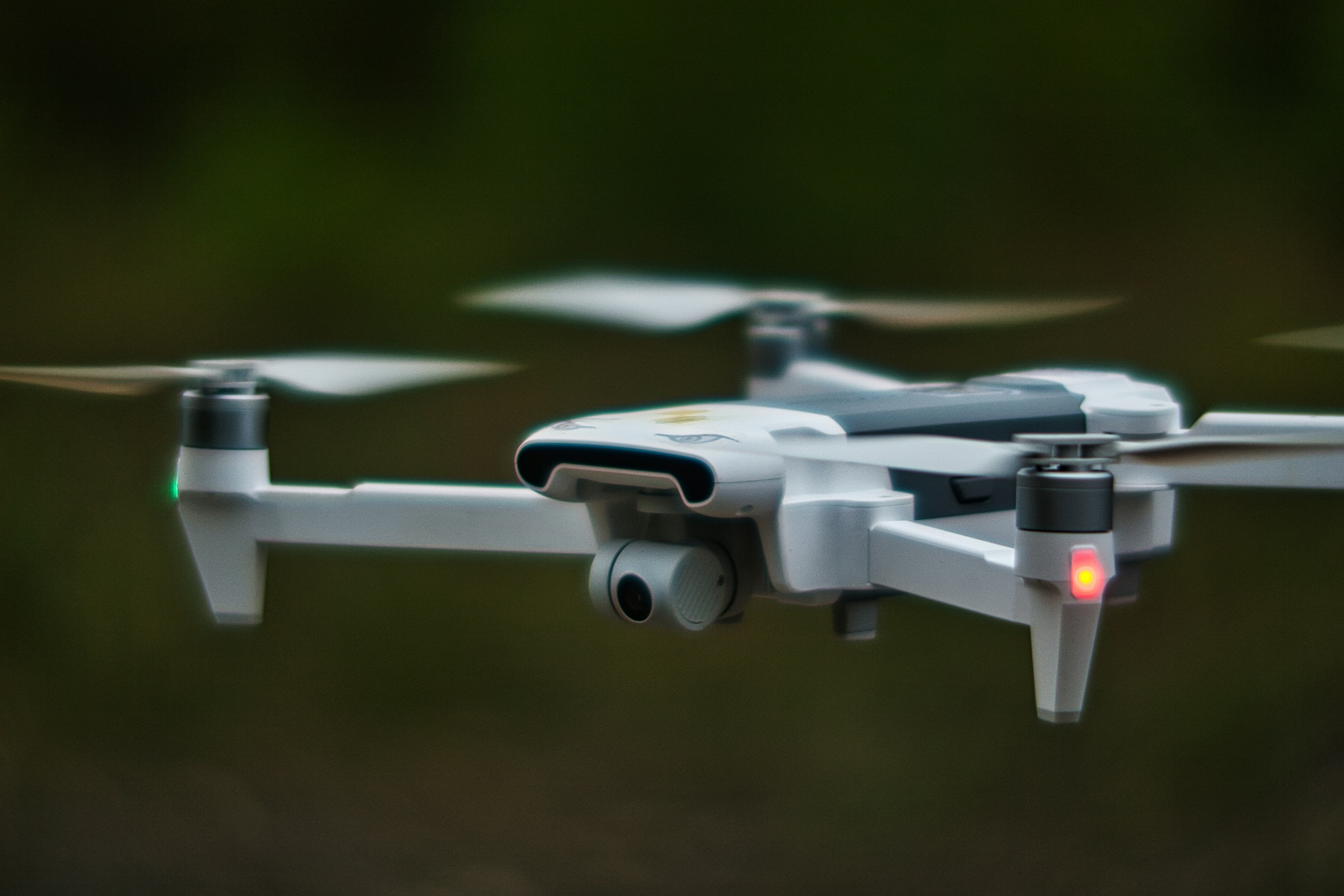Related Jobs
View all jobsTransport Shift Manager
M&E Lead Engineer
M&E Lead Engineer
M&E Lead Engineer
Programme Planning Manager
Subscribe to Future Tech Insights for the latest jobs & insights, direct to your inbox.
Industry Insights
Discover insightful articles, industry insights, expert tips, and curated resources.

UAV & Drone Hiring Trends 2026: What to Watch Out For (For Job Seekers & Recruiters)
As we move into 2026, the UK UAV (uncrewed aerial vehicle) and drone jobs market is maturing fast. The “shiny new toy” phase is over. Public expectations and regulation are tougher, budgets are more closely scrutinised, and clients want measurable outcomes – safer inspections, faster data, lower costs, better evidence – not just impressive footage. At the same time, demand for UAV services in infrastructure inspection, construction, energy, agriculture, emergency response, defence and media continues to grow. Long-term trends like asset digitisation, smart cities, and net-zero infrastructure all rely on high-quality aerial data and remote operations. The result: fewer opportunistic one-off drone gigs, and more emphasis on professional UAV operations, data workflows and compliant, scalable services. Whether you’re: A job seeker looking for “UAV jobs in the UK”, “drone pilot jobs UK”, or “remote UAS operator roles”, or A recruiter or hiring manager trying to understand “UAV hiring trends 2026” and “how to hire drone pilots and UAS engineers”, …this guide breaks down what’s changing – and what to do about it.

UAV (Drones) Recruitment Trends 2025 (UK): What Job Seekers Need To Know About Today’s Hiring Process
Summary: UK unmanned aviation (UAV/UAS/RPAS) hiring has shifted from aircraft‑type buzzwords to capability‑driven evaluation across flight ops, autonomy, data products, safety & regulatory compliance. Employers want proof you can plan, fly, analyse and scale UAV systems safely and economically—VLOS/A2 CofC, GVC, BVLOS & SORA ops, UTM integrations, command‑and‑control resilience, sense‑and‑avoid, payload pipelines, and fleet reliability. This guide explains what’s changed, what to expect in interviews & how to prepare—especially for UAV pilots/ops managers, flight test engineers, autonomy/perception, GNC/control, UTM/backend, safety & airworthiness, data processing/analysis, and field engineering roles. Who this is for: UAV pilots & flight ops, mission planners, flight test & safety engineers, autonomy/SLAM/perception, GNC/control engineers, embedded/avionics, communications & C2 links, UTM/airspace integrations, data processing (imagery/LiDAR/thermal), GIS/photogrammetry, maintenance & field techs, and programme/product managers in the UK.

Why UAV (Drone) Careers in the UK Are Becoming More Multidisciplinary
Unmanned Aerial Vehicles (UAVs), commonly known as drones, have seen rapid adoption across sectors in the UK — agriculture, logistics, inspection, mapping, delivery, search & rescue, environmental monitoring, media, defence, and more. As UAV use proliferates, the roles supporting them are shifting. Modern UAV careers are no longer just about aerodynamics, electronics or autopilot algorithms. They now require knowledge of law, ethics, psychology, linguistics & design — because flying machines in public airspace must be safe, trusted, legal, intuitive and well communicated. In this article, we’ll explore why UAV careers in the UK are becoming more multidisciplinary, how those allied fields intersect with UAV work, and what job-seekers & employers should do to adapt.